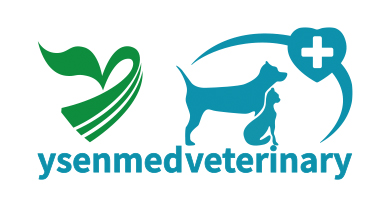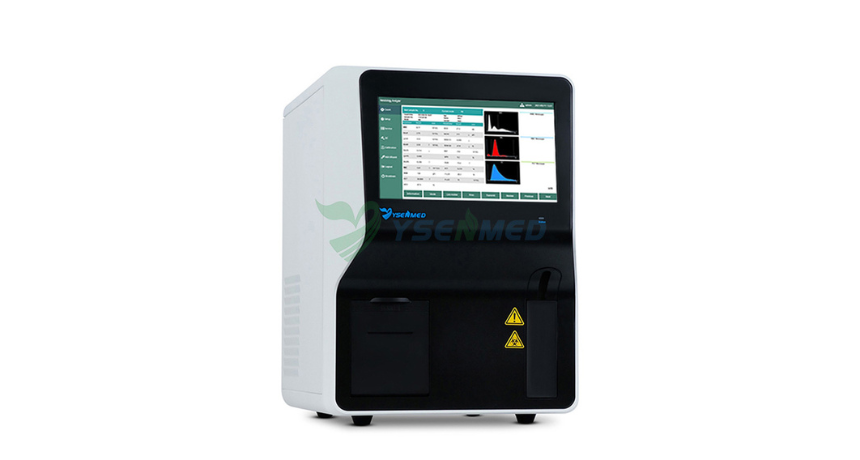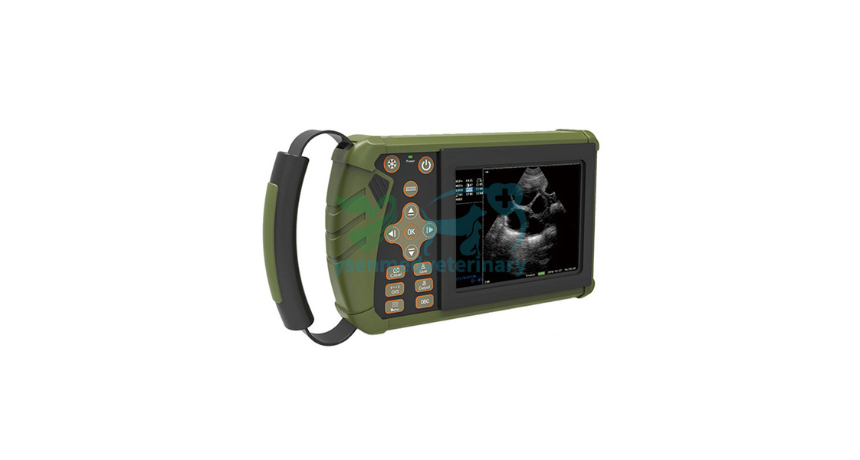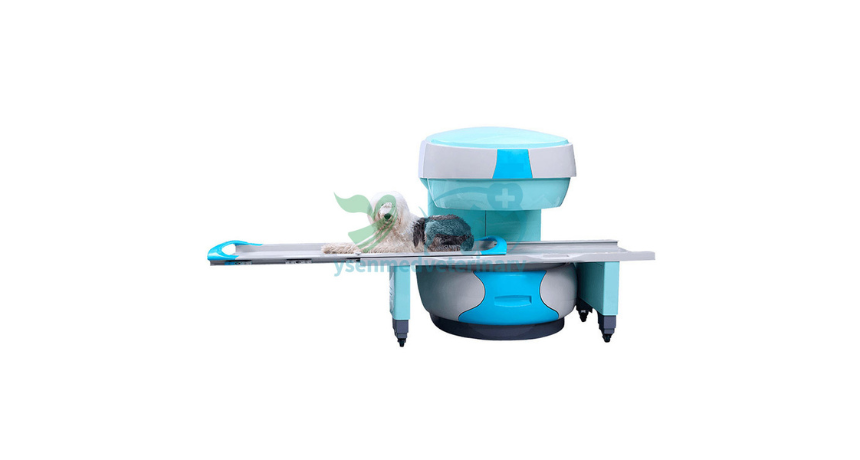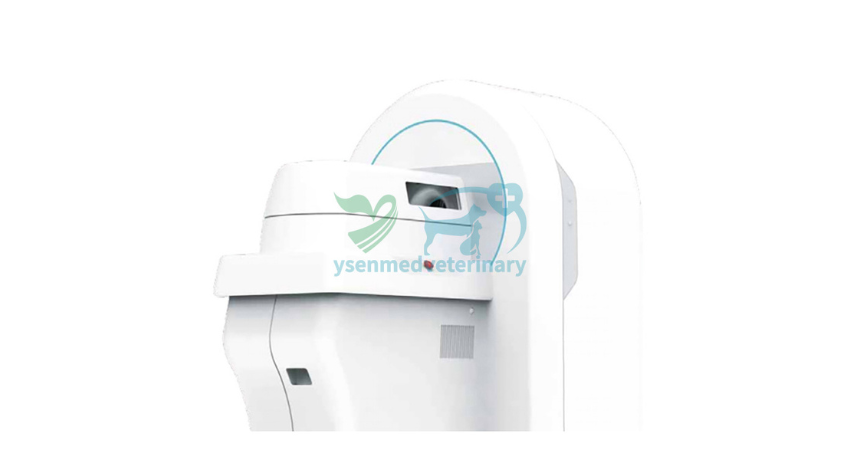In the realm of veterinary medicine, there exist pivotal moments where animals face life-threatening circumstances. These critical junctures call for swift and specialized care, and it is within the walls of
veterinary intensive care units (ICUs) that these life-saving efforts take place. Join us as we embark on a profound journey through the corridors of these ICUs, witnessing the resilience of patients as they transition from crisis to recovery, guided by the expertise and compassion of dedicated caregivers.

Introduction: The Crucial Role of Veterinary Intensive Care Units
At the forefront of emergency veterinary medicine lie veterinary intensive care units, serving as sanctuaries of hope and healing for our beloved animal companions in their darkest hours. These units are equipped with state-of-the-art technology and staffed by highly trained professionals who are committed to providing round-the-clock care for critically ill or injured animals. As we delve into the journey through these ICUs, we gain insight into the remarkable stories of survival and resilience that unfold within their walls.
The Arrival: Navigating the Initial Crisis
The journey through a veterinary ICU often begins with a sudden and dire situation, such as a traumatic injury or a severe illness. In these moments of crisis, time is of the essence, and immediate intervention is crucial to stabilize the patient's condition and prevent further deterioration. Upon arrival at the ICU, patients are met with a team of skilled veterinarians, veterinary technicians, and support staff who work tirelessly to assess their condition and initiate life-saving treatments.
Round-the-Clock Care: A Beacon of Hope in the Darkness
Once admitted to the veterinary ICU, patients are enveloped in a world of round-the-clock care and monitoring. The ICU team maintains a vigilant watch over their patients, closely monitoring vital signs, administering medications, and providing critical interventions as needed. Through the darkest hours of the night, these dedicated caregivers remain steadfast in their commitment to providing the highest level of care, offering hope and reassurance to patients and their families alike.
Advanced Technology: Tools of the Trade
Central to the operations of veterinary ICUs are the advanced technologies and specialized equipment that enable caregivers to deliver precise and effective treatments. From advanced monitoring devices to sophisticated imaging equipment, these tools provide invaluable insights into the patient's condition and guide the course of their treatment. Ventilators, infusion pumps, and other critical care equipment stand ready to provide support for patients in respiratory distress or in need of intravenous medications, ensuring that no detail goes unnoticed in their care.
The Multidisciplinary Approach: Collaborating for Success
In the dynamic environment of a veterinary ICU, collaboration is key to achieving optimal outcomes for patients. Veterinarians, veterinary technicians, and support staff work together seamlessly, drawing on their diverse expertise to develop comprehensive treatment plans tailored to each patient's unique needs. Whether consulting with specialists in cardiology, neurology, or surgery, the multidisciplinary approach ensures that patients receive the highest standard of care and support throughout their journey to recovery.
Compassionate Support: Nurturing the Spirit
Beyond the realm of medical treatment, veterinary ICUs offer a source of compassionate support and guidance for patients and their families. ICU staff understand the emotional toll that accompanies a crisis situation and strive to provide comfort, reassurance, and empathy to those in need. Whether offering updates on the patient's condition, answering questions, or simply lending a listening ear, these caregivers play a vital role in nurturing the spirit and fostering resilience in the face of adversity.
The Road to Recovery: Celebrating Victories, Overcoming Challenges
As patients progress through their journey in the veterinary ICU, each day brings new challenges and triumphs on the road to recovery. Small victories, such as stable vital signs or improved mobility, serve as beacons of hope, inspiring patients and their families to persevere through the toughest of times. While setbacks may occur along the way, the unwavering dedication of the ICU team and the unwavering support of loved ones provide the strength and resilience needed to overcome any obstacle in the path to healing.
Conclusion: A Journey of Resilience and Hope
In conclusion, the journey through a veterinary intensive care unit is one defined by resilience, compassion, and hope. From the initial crisis to the triumphant moments of recovery, patients and their families are guided by the unwavering commitment of dedicated caregivers who go above and beyond to provide life-saving treatment and compassionate support. As we reflect on the remarkable stories of survival that unfold within the walls of these ICUs, we are reminded of the indomitable spirit of animals and the profound impact of human kindness in the face of adversity.
FAQs
What types of animals are typically admitted to veterinary intensive care units?
Veterinary intensive care units admit a wide range of animals, including dogs, cats, birds, exotic pets, and sometimes even larger animals like horses and livestock. Any animal facing a life-threatening situation or requiring specialized medical care may be admitted to a veterinary ICU.
How long do patients usually stay in a veterinary ICU?
The length of stay in a veterinary ICU varies depending on the severity of the patient's condition and their response to treatment. Some patients may only require a brief period of intensive care, while others may need to stay for several days or even weeks until they are stable enough to be discharged.
What kinds of treatments are available in a veterinary ICU?
Veterinary ICUs offer a wide range of treatments tailored to meet the needs of critically ill or injured animals. These may include administering medications, providing oxygen therapy, performing surgeries, managing pain, providing nutritional support, and using specialized equipment such as ventilators and infusion pumps.
Can I visit my pet in the veterinary ICU?
Visitation policies vary among veterinary hospitals and may be influenced by factors such as the patient's condition and the ICU's workload. While some hospitals may allow limited visitation under supervision, others may restrict visitation to ensure the safety and well-being of both patients and visitors. It's best to check with the ICU staff or hospital administration for their specific visitation guidelines.
How can I support my pet during their stay in the veterinary ICU?
While your pet is receiving care in the veterinary ICU, there are several ways you can support them from afar. Stay in communication with the ICU staff for updates on your pet's condition, provide any necessary information about your pet's medical history or preferences, and offer words of encouragement and support. Additionally, consider asking the ICU staff if there are any specific ways you can help facilitate your pet's care during their stay.
